Last updated 8/2022
MP4 | Video: h264, 1280×720 | Audio: AAC, 44.1 KHz
Language: English | Size: 3.70 GB | Duration: 2h 7m
Dance Therapy Class Lessons Exercise Workout Fitness Recorded Lessons Online
What you’ll learn
Dance Therapy
Exercise
Movement
Story and Drama
Requirements
Good net connection
Description
What Is Dance Therapy?By Sara LindbergWhat Is Dance/Movement Therapy?Dance/movement therapy, or DMT, is the psychotherapeutic use of movement to promote emotional, social, cognitive, and physical integration.DMT can help people with physical health by increasing strength, improving flexibility, decreasing muscle tension, and boosting coordination. It can also offer important mental health benefits including stress reduction and even symptom relief from conditions such as anxiety and depression.“DMT is a creative art psychotherapy that utilizes movement and dance to support the physical, intellectual, and emotional health of an individual,” Katie Bohn, LPC, BC-DMT, SEP, RYT, a board-certified dance/movement therapist.According to board-certified dance therapist Erica Hornthal, MA, LCPC, BC-DMT, dance therapy uses movement and nonverbal communication in addition to talk therapy to manage psychological and behavioral concerns that words alone do not address. “It’s about finding the places inside that you might not know or have chosen to deny, and giving a voice to the experiences and emotions,” Hornthal says.Dance/movement therapy, usually referred to simply as dance therapy or DMT, is a type of therapy that uses movement to help individuals achieve emotional, cognitive, physical, and social integration. Beneficial for both physical and mental health, dance therapy can be used for stress reduction, disease prevention, and mood management. In addition, DMT’s physical component offers increased muscular strength, coordination, mobility, and decreased muscular tension. Dance/movement therapy can be used with all populations and with individuals, couples, families, or groups. In general, dance therapy promotes self-awareness, self-esteem, and a safe space for the expression of feelings.WHAT KIND OF ISSUES CAN DANCE THERAPY HELP WITH?Dance therapists work with people in therapy to help them improve their body image and self-esteem. Dance/movement therapy is a versatile form of therapy founded on the idea that motion and emotion are interconnected. The creative expression of dance therapy can bolster communication skills and inspire dynamic relationships. It is commonly used to treat physical, psychological, cognitive, and social issues such as:Physical Issues:Chronic painChildhood obesityCancerArthritisHypertensionCardiovascular diseaseMental Health Issues:AnxietyDepressionDisordered eatingPoor self-esteemPosttraumatic stressCognitive Issues:DementiaCommunication issuesSocial Issues:AutismAggression/violenceDomestic violence traumaSocial interactionFamily conflictHOW EFFECTIVE IS DANCE THERAPY?Research has demonstrated that dance therapy can be effective in the treatment of mental health issues like disordered eating, depression, and anxiety. Some recent examples include:A study from the journal The Arts in Psychotherapy (2007) found that dance therapy had a positive effect on participants experiencing symptoms of depression.A study from the American Journal of Dance Therapy (2004), in which 54 students participated in a dance therapy violence prevention program, found that aggression among participants decreased and pro-social behaviors increased.A study from Alzheimer’s Care Today (2009) suggests that DMT can directly improve memory recall in people with dementia.A literature review from the American Journal of Dance Therapy indicated that DMT may be a treatment option for children on the autism spectrum.Due to its social and physical components, dance/movement therapy is also being considered as a treatment option for childhood obesity.Although further research is needed to determine how effective DMT can be in other settings, it continues to show promise as a viable treatment modality for many physical and mental health issues.PRINCIPLES OF DANCE THERAPYDMT sessions often include observation, assessment, warm-ups, interventions, verbal processing, and warm-down phases focused on closure. Sessions can be highly structured or non-directive and may be conducted individually or in groups. Although each dance/movement therapist will have his or her own style, certified dance/movement therapists adhere to the following mission and theoretical principles:Mission:Facilitate life-span development.Prevent, diagnose, and treat issues that interfere with healthy functioning.Assess, evaluate, and develop treatment goals.Implement planned interventions.Develop and adjust treatment to continuously meet the needs of the client.Key Principles:Body and mind are interconnected so that a change in one impacts the other.Movement can express aspects of the personality.Part of the therapeutic relationship is communicated through non-verbal means.Movements can be symbolic and can represent unconscious material/processes.Movement improvisation/experimentation can bring about new ways of being.HOW IS DANCE THERAPY DIFFERENT FROM REGULAR DANCING?Most people understand that dancing can be good for their health; it improves cardiovascular endurance, muscle tone, balance, and coordination. Dance can also boost a person’s mood, improve his or her body image, and provide an opportunity for fun that may lower overall stress and anxiety. While these elements are certainly beneficial, dance/movement therapy takes therapeutic dance to another level.People in treatment with a qualified dance therapist have the right to confidentiality, and dance therapists provide a safe space for people to express themselves. Movement becomes more than exercise—it becomes a language. People in treatment communicate conscious and unconscious feelings through dance, which allows a therapist to respond in kind. Dance therapists help people work on issues through the use of a “movement vocabulary” that is centered around physical expression instead of words.Dance/movement therapists assess body language, non-verbal behaviors, and emotional expressions. Treatment interventions are tailored to address the needs of certain populations. Some intervention examples may include:Utilizing “mirroring” (matching/echoing the person’s movements) to illustrate empathy for an individual and validation of his or her experience.Incorporating jumping rhythms into a dance with a group of people experiencing depression because research has shown decreased levels of vertical movement in people with depression.Making use of a “movement metaphor” to help a person physically demonstrate a therapeutic challenge or achievement (e.g. the therapist gives the person in treatment a white flag prop to help him or her celebrate an emotional surrender).HISTORY AND PHILOSOPHY OF DANCE THERAPYThe roots of dance therapy can be traced back to the modern dance movement of the 19th century. The movement grew from the idea that dance could go beyond simple entertainment and be used as a form of communication and expression. In other words, emotional content was infused into dance. By the middle of the 20th century, the modern dance movement had laid the groundwork for dance therapy pioneers Marian Chace, Mary Whitehouse, and Trudy Schoop. They formed the foundation for dance therapy through the addition of observation, interpretation, and the manipulation of dance elements into the practice.In the 1940s, dance therapy was influenced by psychodynamic theory. In the 1960s, research on non-verbal behavior and the role of the body in mental health issues influenced the practice as well. In 1966, the American Dance Therapy Association (ADTA) was established and with it came the development of training and certification standards for the field.Today, dance therapy is influenced by an eclectic grouping of theoretical frameworks including psychodynamic theory, Gestalt theory, and humanistic theory. But regardless of theoretical approach, all dance therapists must pursue graduate training in order to become certified dance/movement therapists. They can earn either the R-DMT (Registered Dance/Movement Therapist) credential, or the BC-DMT (Board-Certified Dance/Movement Therapist) credential.
Overview
Section 1: Introduction
Lecture 1 Introduction
Lecture 2 Dance Therapy Class Online Recorded lesson
Lecture 3 Text based lesson
Lecture 4 Dance Therapy lessons
Lecture 5 Dance Therapy
Lecture 6 Dance Therapy – story theme
Lecture 7 Compiled Dance Lesson
Lecture 8 Dance Therapy lessons
Lecture 9 Indian Nutrition Tips for students, dancers and nondancers also
Lecture 10 Nutrition Health
Lecture 11 Indian Nutrition
Lecture 12 Indian Nutrition
Lecture 13 Nutrition Health
Lecture 14 Indian Nutrition
Lecture 15 Compiled lesson
Lecture 16 Indian Nutrition practicals
Lecture 17 Indian Nutrition practical
Lecture 18 Indian Nutrition practical
Lecture 19 Indian Nutrition practical
Lecture 20 Indian Nutrition practical
Lecture 21 Dance Therapy
Lecture 22 Dance Therapy
Lecture 23 Dance Therapy
Lecture 24 Dance Therapy
Lecture 25 Summary of dance therapy article as test based lesson
Lecture 26 Dance Therapy
Lecture 27 Dance lessons
Lecture 28 Dance lessons
Lecture 29 Dance Therapy storytelling drama compiled lesson
Lecture 30 English lessons
Lecture 31 English lessons
Lecture 32 English lessons -creative writing
Lecture 33 English lessons
Lecture 34 English lessons
Lecture 35 English lessons
Lecture 36 English lessons
Lecture 37 English lessons
Lecture 38 English lessons
Lecture 39 English lessons
Lecture 40 English lessons Creative Writing
Lecture 41 English lessons
Beginners to advanced
HOMEPAGE
https://anonymz.com/?https://www.udemy.com/course/certified-dance-dialogues-story-drama-movement-therapy/



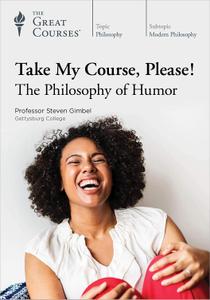

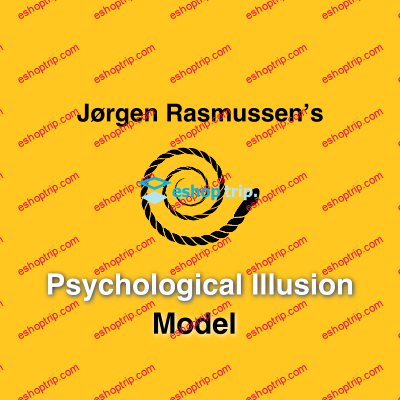
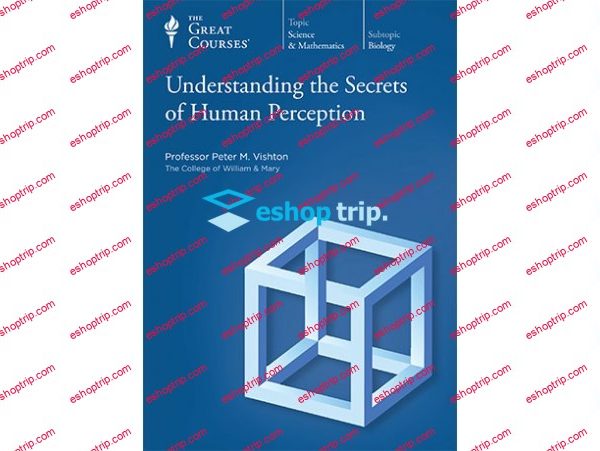


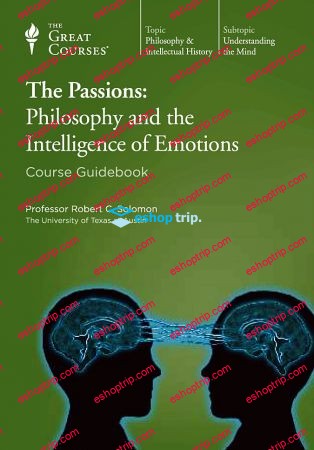
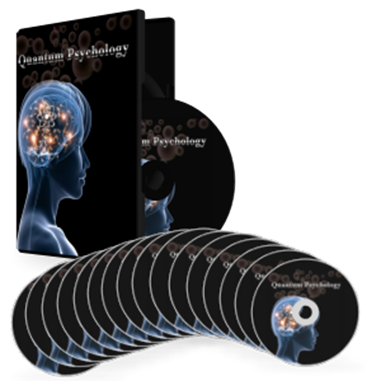
Reviews
There are no reviews yet.